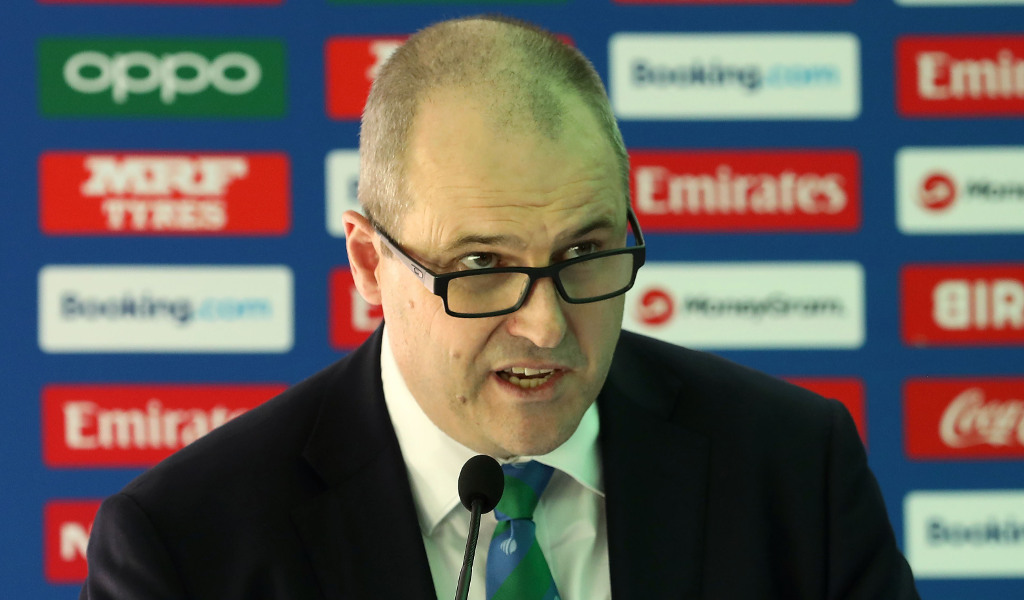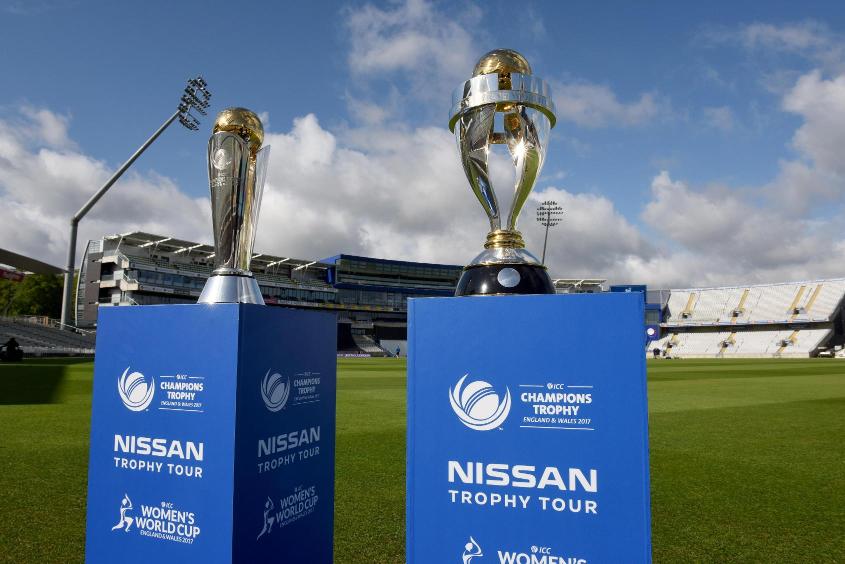The latest edition of the ICC Women’s ODI World Cup in New Zealand will be held without strict bubbles and daily Covid tests for players in a “managed environment” that would still ensure health safety for everyone involved, said ICC’s general manager Geoff Allardice.
The tournament featuring the world’s top eight ODI teams kickstarts on March 4 and runs till April 3. The month-long event will be contested in a single round-robin style before the knock-outs, with six venues to be used across New Zealand.
Since major multiteam events have been the hardest to execute for authorities in pandemic times, it was expected the ICC would put in place the most stringent set of protocols and biosecure bubbles for the quadrennial event.

But ICC’s general manager brushed aside those concerns for the players and all else involved in the smooth conduct of the 8-team tournament. Speaking to the press on February 28, Allardice said a “managed environment” will instead be maintained with the knowledge that all teams and officials have already gone through the Mandatory Isolation Quarantine upon arrival in New Zealand.
“I think the approach is around having a managed environment around the tournament. Testing will be infrequent; it won’t be daily testing.
It’s really about players taking responsibility knowing they are in the country for a month and living away for that period not locked into a very tight bubble. It’s not going to be practical; it’s certainly not going to allow teams to play their best on the field.”
ESPNcricinfo quoted Allardice as saying.
Allardice, however, said while the environment will be relaxed and friendly for everyone involved at the World Cup, players and officials are expected to be “sensible” and avoid areas that are likely to aid the “transmission” of the contagious virus into the tournament environment.
He also mentioned that the governing body has derived confidence and encouragement from the way the ICC U19 World Cup was held in the Caribbean recently where, although few players tested Covid positive, the transmission risk was quite low since cases of symptoms displayed were “very low”. The contentiously cancelled ICC Women’s World Cup qualifier in Zimbabwe would’ve also acted as a strong learning base in preparation for the main event.
“There are some general guidelines that are required, but we’re asking players and teams to just be sensible, stay away from areas that are likely to create transmission,”
“The other thing is, we found out in last few tournaments – like at the Under-19 World Cup [in the Caribbean in January-February] – is even though we had number of positive tests, the number of people displaying symptoms were very low.
We want to focus on keeping people safe and healthy. It’s a bit of a change from where we may have been six months ago,”
said Allardice.
The logistics, however, were still a major concern for the ICC, with Allardice stressing that one of governing body’s biggest challenges was to ensure all teams reached on time in New Zealand, whose borders are only partially open in wake of the latest wave of the pandemic around the world.
The ICC had to be mindful of the stance taken by the New Zealand government, which increased the period of necessary quarantine for touring members to 10 days. The extensive isolation phase meant the ICC had to ask and arrange for competing teams’ early arrival to the Kiwi shores.
As an extra precautionary measure, the ICC has also tweaked its playing conditions for the World Cup, allowing teams to carry extra reserves and leaving open a possibility of them taking the field with nine players.


